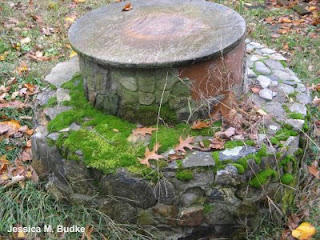Physcomitrella patens is our little model organism moss. It has recently had all of its DNA sequenced. Think the human genome project, but for mosses. The speed at which scientific information is transmitted has been greatly increased by the internet. Some scientific journals even publish papers online before they even come out in print. One of these articles in the journal Evolution focuses on the genus Physcomitrella and some of its closest relatives.
Mosses were collected and identified as a particular species by their morphology (their outward appearance to the eye). Using similarities in appearance as an initial hypothesis for species relationships is often where scientists start. These hypotheses were then tested using DNA data to examine relationships among the moss species.
The Bottom Line - All moss populations that are identified as members of the genus Physcomitrella were not found to be each others closest relatives using DNA information.
Thus the genus does not descend from a single common ancestor. Species or genera that do descend from a single common ancestor are said to be monophyletic or to demonstrate monophyly. Often this is a rule that is used when determining the names of organisms. Think of a genealogy. If you traced back to your grandmother and then you diagrammed all of her children and their children and their children, everyone who is descendant from her by blood, not marriage, you would have a monophyletic group. It works the same way in plants and in the same genus all the members hopefully form a monophyletic group.
Since the genus Physcomitrella is not monophyletic, name changes are in order with some of these species needing to me moved into a different genus. Their data also show that some of the species are forming hybrids. Crossing a horse with a donkey to get a mule would be an example of a hybrid you might know. However unlike a mule, which cannot reproduce, some of these hybrid species are able to make offspring and continue their reproductive lines.
Their paper explores a basic question that I am very interested in: Are plants that look the same morphologically actually each other's closest relatives? Or have plants that look the same evolved from different ancestors?

_(cropped).jpg)




















